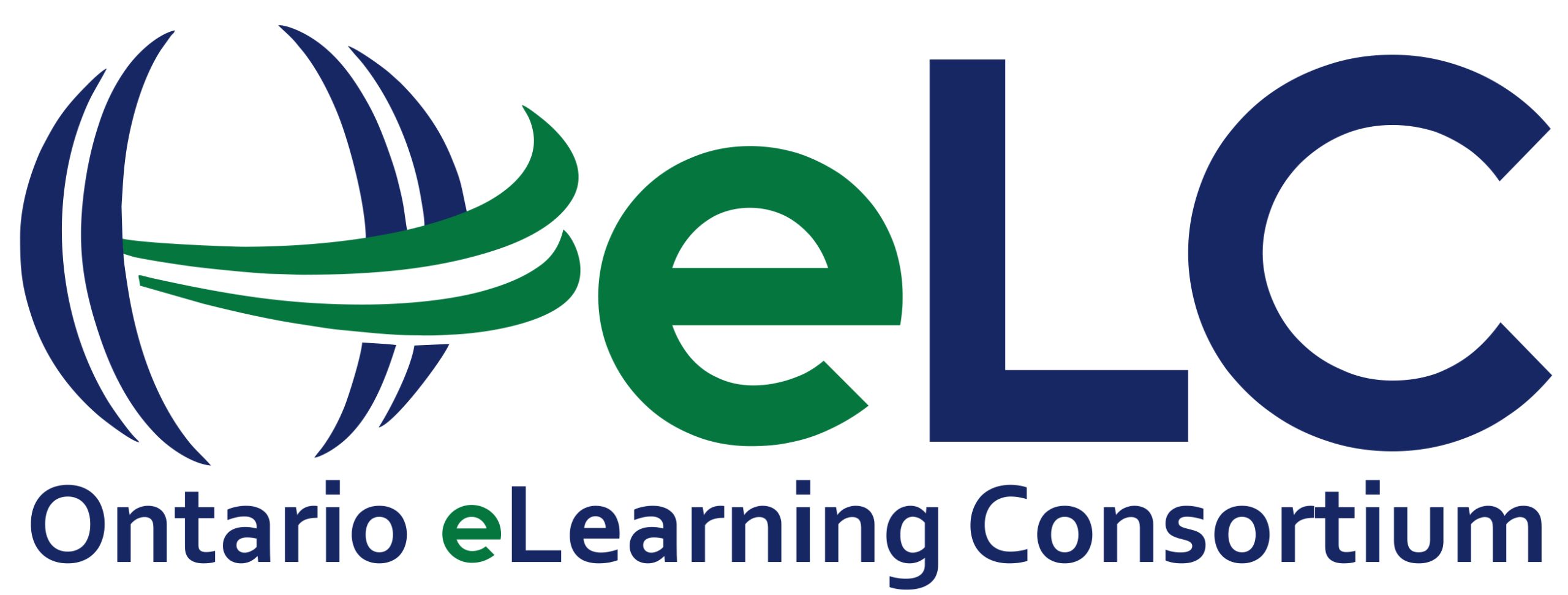We have a very centralized model where ALL Day School, Con Ed and Summer Semester eLearning courses are run through the same ePrincipal and small eTeam. We have 5 eHub schools where our Day School sections are offered. Each site has multiple eTeachers who are each assigned multiple sections. This model allows much more efficient eTeacher PD and also encourages PD to take place more organically among teachers of the same eHub school.
We are piloting a synchronous model of Day School online which will benefit schools who are slowly being migrated over to a common District Wide timetable. Once all of our high schools are on the same timetable, we can begin to work on a completely synchronous model of online course that could potentially be used between our high schools where a teacher is in one building with some students and other students are Skyping or Zooming in for the period. This should alleviate the problem in smaller school who cannot run a section because of low enrollment. This type of online course will not replace Day School online, but will offer yet another option.
We are expanding our Coop and After School/Reach Ahead online credit opportunities. Many course creation projects are underway, including Coding courses, GLS1O/Math focus and new Grade 9 and 10 options for online opportunities in the next school year.
We do small school scheduling in conjunction with our central eLearning lines to problem solve and accommodate scheduling for our smaller schools.
We piloted non-proctored exams with some of our courses and it went very well. There was no discernable difference in outcomes from proctored and non-proctored exams.
We’ve replaced traditional exams with student teacher interviews and demonstration of learning in many of our courses. Teachers conducted “Face-Face” interviews with student via Virtual Classroom, phone or other Video options to assess students’ responses to questions and reflections on their learning.
We have implemented a triangulation of data approach to assessment and evaluation in our eLearning Classes. Our teachers used Video Note, Virtual Classroom and Video Assignment tools to collect observation and conversation assessment data. It is a practice that is very well received by teachers.
We have expanded our eHub program to two more schools, bringing the total of eLearning Support Rooms with teachers to five.
We have a very big eLearning program for the size of our Board. We also use the provincial VLE for our vLearning program where we connect a class and teacher in one of our buildings with students in other buildings within the Board. This year we have an elementary school connecting with a secondary school to take a french class, team teaching!
We run small Continuous Intake eLearning sections for students who cannot attend regular face to face classes or students in situations of risk.
This year we had a group of teachers and eLearning staff write/create the NBE3U course. They have created a visually appealing, is easy to navigate, meets the needs of students, and honours Indigenous ways of knowing.
We have created and implemented a blended learning class (IDC4UP) where we bring eLearning students together in a central site for training and part of the class is online while the other part is made up of students being in classrooms supporting students with literacy and numeracy.
We piloted a CHV and GLC in-board Continuous intake course to support at-Risk students and students at alternative sites. There is a caring adult attached to each eLearning student to help support them at their sites.
We continue to offer, via eLearning, a LNMAO Mohawk Language course in collaboration with an elder and the Native Friendship Centre to help encourage preservation of the language and culture.
eLearning has allowed the small schools in the Ottawa Catholic School Board, in conjunction with the Ontario eLearning Consortium, to offer a plethora of courses for a variety of pathways. Students are able to access SHSM requirements via eLearning so they can pursue career paths as desired. Many senior level Social Science courses are unavailable in small schools. These courses are essential to the learning and interests to many students and thus, via eLearning, students can access History, Politics, Human Development and many more.
We use eLearning to provide an accelerated math program for Gr 8 students to take a grade 9 math. Students from across the board, who have a Gifted Profile, complete their grade 8 course between September and January. They complete their MPM1D credit using D2L.
We offer a continuous intake option for OCSB students. We learned that offering a “late start” option with the expectation of finishing by the end of the semester is a better model than the “finish when you can” option.
We offer a Shared Model to assist out smaller schools… Schools that have courses that don’t quite have sufficient enrollment to run are asked to put those courses forward to us as an eLearning team, we then look at the courses and put forth potential matches. When a match is made, the schools involved in the match each put forward a line. These matched (or shared) courses are only open to students from the schools that are participating in this match.
We have also expanded our course offerings in grades 9 & 10 in response to student selections on our course option sheets, to provide programming for our students who are in need of flexible course delivery and to address students programming needs for those students who are unable to attend school for a variety of physical and/or mental health concerns.
KPRDSB created three new eLearning hub schools in our rural and smaller schools. Each of the schools are staffed with one full-time eLearning teacher in a specific subject area. These courses are shared amongst the schools to expand course offerings. The three teachers support all eLearning students through a hub eLearning classroom equipped with technology and video conferencing capabilities.
© 2022 Ontario eLearning Consortium.
